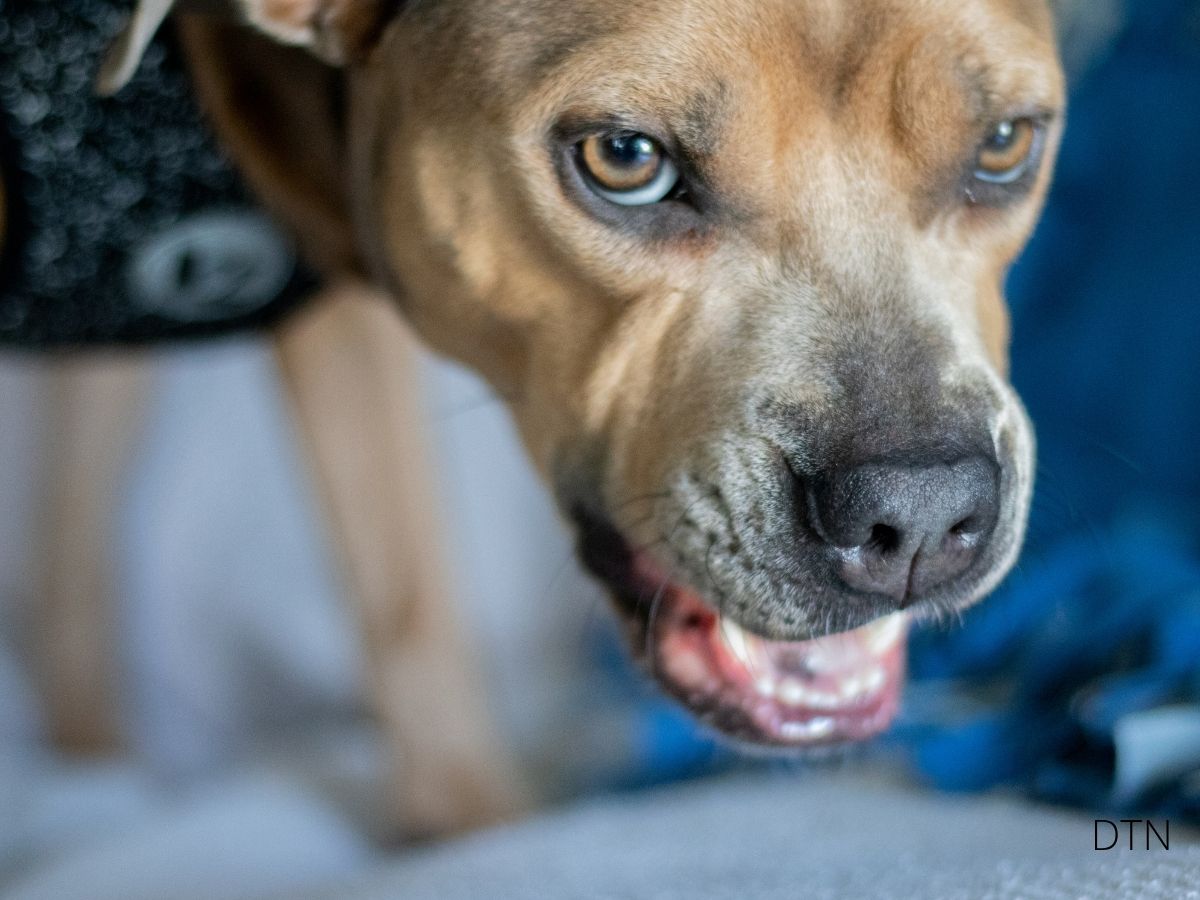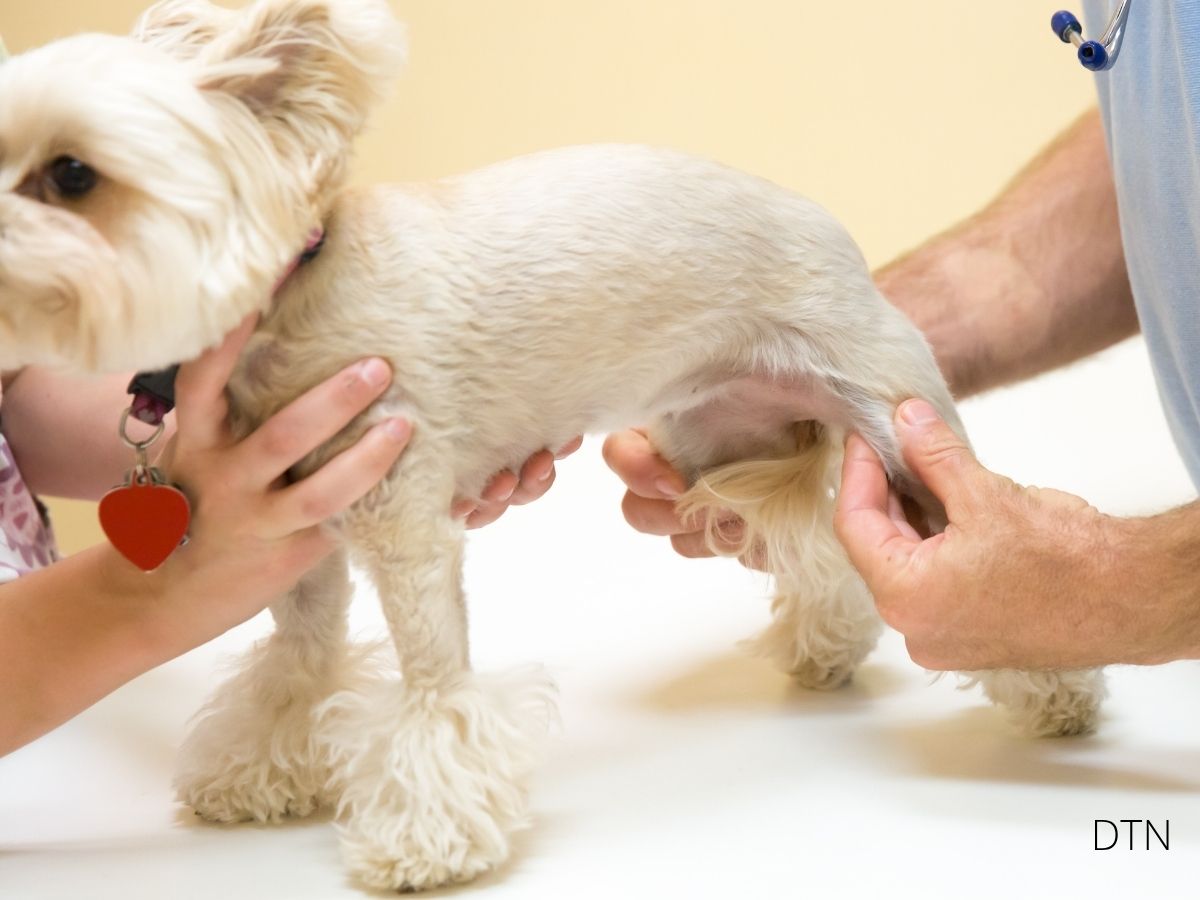If you’ve watched your furry friend struggle with pancreatitis, you understand the heartbreak—and the determination to prevent future episodes. The truth? Certain breeds face higher risk due to genetic factors, but strategic nutrition can dramatically change their trajectory. Let us guide you through science-backed feeding protocols that protect your dog’s pancreatic health while maintaining joy around mealtimes. 🧡
Understanding Your Dog’s Pancreatic Vulnerability
Why Some Breeds Face Higher Risk
Miniature Schnauzers, Cocker Spaniels, and certain Terriers aren’t just prone to pancreatitis by chance—they carry genetic predispositions affecting lipid metabolism. These breeds often exhibit idiopathic hyperlipidaemia, linked to reduced lipoprotein lipase (LPL) activity. Think of LPL as your dog’s fat-processing machinery. When it underperforms, dietary fats linger in the bloodstream longer, creating chronic metabolic stress.
Even moderate-fat meals trigger exaggerated postprandial hyperlipidaemia—dramatic blood fat spikes after eating. This overstimulates pancreatic acinar cells, leading to premature enzyme activation. Essentially, the pancreas begins digesting itself. Research confirms that subclinical inflammation and oxidative stress simmer beneath the surface long before acute episodes appear, creating a cycle of sensitivity.
The Metabolic Perfect Storm
Several factors converge to amplify risk:
Obesity: Elevated serum lipid levels in overweight dogs increase pancreatic oxidative load. Adipose tissue isn’t passive—it secretes hormones like leptin that can overstimulate pancreatic enzyme secretion.
Insulin resistance: Often accompanies obesity, creating hyperinsulinemia that drives metabolic syndrome. This dysregulation directly impacts pancreatic beta cells and lipid handling.
Endocrine disorders: Cushing’s syndrome alters adipokine profiles and metabolic regulation. Hypothyroidism slows metabolism, contributing to weight gain and lipid abnormalities.
The beautiful news? Early dietary intervention interrupts these cascading problems before permanent pancreatic damage occurs. Through the NeuroBond approach, we recognize that nutrition supports not just physical health, but the deep trust between you and your dog. 🧠
Building a Pancreas-Protective Diet
The Fat Fundamentals
While specific “safe” fat percentages aren’t definitively established for dogs, the principle is clear: controlled fat intake reduces pancreatic oxidative load. For high-risk breeds, moderate to low-fat diets work best—think lean proteins like chicken breast, turkey, and white fish rather than fatty cuts or skin.
Quality matters as much as quantity. Functional fats like those in conjugated linoleic acid (CLA) can support metabolism differently than generic animal fats. The goal isn’t zero fat—your dog needs essential fatty acids—but strategic selection and portion control.
The Omega-3 Advantage
Long-chain omega-3 fatty acids (EPA and DHA) are your most powerful anti-inflammatory allies. They work by:
- Acting as precursors to resolvins and protectins that actively resolve inflammation
- Down-regulating inflammatory eicosanoid synthesis
- Shifting the balance toward less potent pro-inflammatory mediators
- Targeting the NLRP3 inflammasome involved in chronic inflammation
Supplement daily with high-quality fish oil or microalgae-based omega-3s. This isn’t optional—it’s foundational for reducing the inflammatory environment that sensitizes the pancreas.
Caution on MCTs: Medium-chain triglycerides are often promoted as pancreas-friendly, but research shows they may decrease beneficial EPA and DPA levels. Use cautiously if at all, prioritizing omega-3-rich sources instead.
Meal Frequency Matters
Small, frequent meals prevent the dramatic postprandial spikes that trigger excessive pancreatic stimulation. Research across species shows that fewer, larger meals create sustained metabolic stress and hormonal surges—exactly what we want to avoid.
Shift from two large daily meals to three or four smaller portions. This distributes metabolic workload evenly throughout the day, maintaining more stable blood lipid levels and reducing acute pancreatic demands.
The 4-Week Transition Protocol
Why Gradual Change Matters
Abrupt dietary shifts can trigger digestive upset—even potentially precipitating pancreatitis episodes in vulnerable dogs. The pancreas, liver, and intestines need time to adjust enzyme production and bacterial populations.
Week 1: 75% current food, 25% new food. Introduce at one meal daily, mix thoroughly. Start omega-3s at 25% of target dose. Monitor stools closely—loose stools indicate too-fast transition.
Week 2: 50/50 mix of old and new food. Increase omega-3s to 50% of target. Prepare mentally for the meal frequency shift by visualizing smaller portions.
Week 3: 25% old food, 75% new food. Begin three-meal schedule. Increase omega-3s to 75% of target. This week brings the most significant adjustment—stay consistent despite any initial confusion.
Week 4: 100% new diet, full omega-3 dose, established meal schedule. Fine-tune portions based on body condition and energy levels.
Troubleshooting: If persistent loose stools occur, slow the transition significantly. If your dog refuses the new food, try warming it slightly or adding low-sodium broth. Never push through severe symptoms—consult your veterinarian.
Safe Treats and Training Rewards
Rethinking Rewards
Managing pancreatitis doesn’t mean eliminating treats—it means choosing wisely. Keep treats to 5-10% of daily calories, focusing on low-fat, high-impact options.
Nearly zero-fat options:
- Baby carrots (4 calories each)
- Green beans (4 calories per 10 beans)
- Cucumber slices (1 calorie per slice)
- Blueberries (1 calorie each)
- Apple slices, no seeds (4 calories per slice)
Lean protein treats:
- Cooked chicken breast, diced (5 calories per small cube)
- Turkey breast (6 calories per piece)
- White fish, steamed and flaked (5 calories per pinch)
- Hard-boiled egg white (4 calories per tablespoon)
Homemade favorites:
- Frozen broth cubes: Low-sodium chicken broth with parsley, frozen (5 calories)
- Sweet potato jerky: Slice sweet potato 1/4-inch thick, bake at 225°F for 2-3 hours (8 calories per piece)
- Pumpkin drops: Mix pumpkin puree, oat flour, egg white; roll into pea-sized balls, bake (2 calories each)
Training tip: Break single treats into 4-6 tiny pieces. Your dog perceives multiple rewards but consumes minimal calories. Pair with enthusiastic verbal praise—the emotional connection often matters more than the treat itself. 😊
Dogs are how people would be if the important stuff is all that mattered to us.
– Ashly Lorenzana

Beyond Diet: Hidden Triggers to Manage
Stress and Environmental Factors
Diet is crucial, but non-dietary triggers also precipitate episodes:
Stress management: Cortisol from stress alters glucose and fat metabolism, increases inflammation, and dysregulates immune function. Major stressors include moving, boarding, veterinary visits, loud noises, and schedule disruptions. Create predictable routines, provide safe spaces, and consider calming aids (Adaptil diffusers, anxiety wraps) during known stressors.
Medication awareness: Corticosteroids, potassium bromide, and certain antibiotics increase pancreatitis risk. If your dog requires these medications, implement the strictest dietary protocols and increase monitoring frequency.
Toxin avoidance: Xylitol, grapes, chocolate, onions, and certain plants (sago palm, oleander) can trigger metabolic crises. Keep household chemicals secured and research all plants before adding to your home.
Exercise timing: Wait 1-2 hours after meals before vigorous activity. Exercise before meals when possible to prevent digestive stress and bloat risk.
Gut health: Support the microbiome with high-quality canine probiotics and prebiotics like pumpkin. A healthy gut influences systemic inflammation—the gut-pancreas axis matters significantly.
The Invisible Leash reminds us that awareness, not tension, guides the path. Creating a holistic protective environment extends beyond the food bowl. 🧡
Practical Implementation Strategies
Meal Prep for Busy Owners
Sustainability requires systems. Dedicate 2-3 hours weekly to batch cooking:
- Plan and shop: Calculate weekly needs, choose 2-3 lean proteins, buy in bulk
- Cook proteins: Use slow cooker, oven, and stovetop simultaneously
- Prep vegetables: Steam green beans, carrots, sweet potato; cook grains if using
- Portion and store: Divide into meal-sized containers, refrigerate 3-4 days’ worth, freeze remainder
- Label everything: Date, contents, portion size
Essential tools: Digital food scale, portion containers, slow cooker, freezer bags, measuring cups. Investment: $75-100 total.
Time-saving shortcuts: Use frozen pre-cooked chicken, canned low-sodium tuna (drained well), frozen vegetables, instant oats. Or use commercial pancreatic-support diets for 1-2 meals daily, home-cooking just one meal.
Multi-Dog Household Solutions
Separate feeding strategies:
- Feed in different rooms with closed doors
- Use crate feeding for all dogs simultaneously
- Sequential feeding (special-diet dog first, alone)
- Baby gates to create separated zones
Should everyone eat the same diet? Only if: all are adults, no conflicting medical needs, your vet approves, and all maintain healthy weight. Growing puppies, highly active dogs, and underweight dogs need different nutrition.
Training foundations: Teach “place” command so each dog stays on their spot during meals. Practice “leave it” extensively. Build impulse control through structured games.
Sample Daily Feeding Protocol
For a 25-pound Miniature Schnauzer (three meals):
7:00 AM:
- 2 oz lean chicken breast
- 1/4 cup cooked sweet potato
- 1 tsp fish oil (300mg EPA/DHA)
- Steamed green beans
1:00 PM:
- 2 oz white fish
- 2 tbsp cooked oats
- Small amount pumpkin
- Dash turmeric
7:00 PM:
- 2 oz turkey breast
- 1/4 cup quinoa
- Steamed carrots, few blueberries
Customize with your veterinarian or veterinary nutritionist based on your dog’s specific needs, concurrent conditions, and individual tolerance.
Monitoring and Long-Term Success
Signs Your Protocol Works
- Consistent energy throughout the day
- Normal, stable stools
- Healthy body condition and coat quality
- Enthusiasm for activities
- Absence of digestive distress
- Stable lipid levels on veterinary testing
Schedule follow-up appointments 4-6 weeks post-transition to recheck lipid panels and assess body condition. Continue monitoring:
- Weekly weigh-ins
- Monthly body condition scores
- Daily stool observations
- Energy and behavior patterns
When to Seek Veterinary Care
Contact your veterinarian immediately if you observe:
- Persistent vomiting
- Hunched posture or “praying position”
- Abdominal pain or bloating
- Severe lethargy
- Loss of appetite lasting more than 24 hours
- Diarrhea with blood
Early intervention during acute episodes can prevent progression to chronic pancreatitis.
Conclusion: Empowered Care Creates Lasting Health
Your dog’s pancreatic vulnerability doesn’t define their future—your informed, consistent care does. Through controlled fat intake, omega-3 enrichment, frequent small meals, stress management, and holistic environmental awareness, you create powerful protection.
Remember these principles:
- Start early: Preventive protocols work better than reactive treatment
- Stay consistent: Benefits accumulate through daily commitment
- Monitor closely: Your observations guide adjustments
- Adapt as needed: Senior dogs and changing health require flexibility
- Trust the process: Progress isn’t always linear, but persistence pays off
That balance between science and soul—recognizing that every carefully measured meal is an act of love, every protocol adjustment demonstrates commitment—that’s the essence of Zoeta Dogsoul.
Living with a pancreatitis-prone breed means accepting certain realities. But it also means experiencing the profound satisfaction of actively supporting your dog’s health, watching them thrive because of choices you make daily. Your furry friend trusts you completely. Armed with knowledge and guided by compassion, you’re exactly the advocate they need. 🧠
Here’s to many more years of tail wags, morning greetings, and the simple pleasure of a dog who feels good in their body—thanks to the love and wisdom you bring to every meal. 🐾






